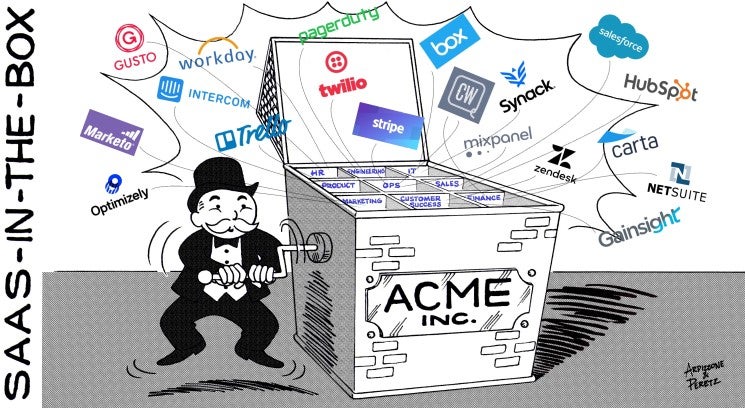
It is a sign of the times when we have a dog-walking company (Wag Labs) raising US$300 million in venture capital to turn a household activity into a mobile phone-driven on-demand service. Meanwhile stalwart software licensors, ranging from Adobe to Microsoft, have switched their offerings to an ongoing subscription, rather than an upfront fee.
At the same time, core employee functions, ranging from human resources to sales documentation preparation are being replaced by outsourced or hosted services, while Amazon and Microsoft are now running your company’s servers.
What do all these trends have in common? More contracts — and another opportunity for you to improve your skills as a business partner.
Ronald Coase was one of the first economists to posit that a key reason for the existence of organizations is that it is too costly to arrange a contract for every single business transaction. Instead of having to negotiate, sign, monitor, and carry out contracts with multiple obligations for each and every business tasks, it was more cost-effective to simply hire employees with a general job description (a general type of contract in its own way) and daily oversight for certain business tasks.
Clearly the world has changed. We can use email to send documents immediately, scan an ink signature or apply an electronic signature to execute them faster, and use our Word processor’s Track Changes feature to instantly show changes in a new draft. And we can use internal messaging tools to seek approvals and build consensus.
All of these tools have the potential to remove friction in creating more contracts. But it is not just the technical ease of contracting that has changed the balance between employees and third-party service providers for key corporate functions.
What has influenced the dramatic increase in contracting is the expertise and focus brought to the table by these service providers. As a result, now every department of the corporation is being offered — and purchasing — from third parties a myriad of services that were previously handled by internal staff.
A 2017 study by venture capital firm Kleiner Perkins revealed that the average corporate marketing department uses 91 different cloud services, followed closely by the human resource department’s 90 cloud services. Meanwhile finance and accounting departments are typically using 60 cloud services, while sales teams use 43 more cloud services.
Among industries, the average retail sector (including hospitality and restaurants) company uses 1,206 cloud applications, while the average financial services firm uses 1,170 cloud applications. Lest you think this trend is limited to service industries, consider the manufacturing sector, where the average company uses 1,092 cloud applications.
Most of these cloud applications are delivered on a subscription basis. When these services were formerly conducted by employees, the definition of services and consequences for non-performance were settled between the employee and his or her manager. Payment terms were handled as part of salary and no limitations on liability or indemnifications were required between the employer and its own employees.
Written amendments and subsequent Statements of Work might be handed down in a quick hallway meeting. And the statute of frauds could not invalidate a work instruction simply because it was not written and signed.
By contrast, nowadays, so many activities are handled by an external service provider through a contract, which means companies now need help from their in-house lawyers to set up and actively manage the conduct of these activities.
As an attorney, you need to know your client’s goals, perceived risks, and metrics for success to guide them when contracting. And your clients need to be up-to-date on key contractual dates and milestones if they want to terminate or change the relationship with these service providers. This is a golden opportunity for you!
When your clients want to sign a new service provider or change the relationship with an existing one, make sure to ask:
- What are your goals here?
- How are they measured?
- What could go wrong, and how will we know it?
- Who should bear the risk of various potential issues?
- How quickly do we need to get out if our needs are not being met?
- What do we need to learn or keep if we offramp our relationship with this service provider?
If you listen carefully, you will eventually learn much more about the day-to-day function of their departments and be able to ensure these goals and concerns are mirrored across your burgeoning contract landscape. Of equal importance, it is this type of broader business understanding that moves you from a siloed legal role into the inner circle of business decisionmakers.




